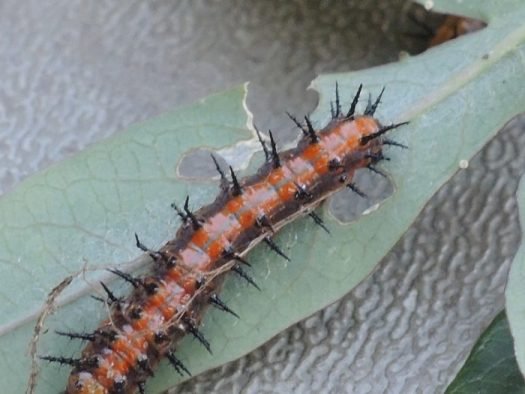Ok, drum roll here… I think I can say that the Lenten Rose hybrid of Hellebores (Helleborus x hybridus), is my favorite perennial. A well-kept secret among gardening enthusiasts, Hellebores or commonly known as Lenten roses should be better known to both serious and not-so-serious gardeners; This is a plant worth seeking out. What other plant resists deer and neglect, likes shade, even deep shade, is evergreen, grooms beautifully and has stunning flowers? And it is highly addictive and collectible? Did I mention it blooms for 3 or 4 months a year? That was not a typo: Hellebores bloom for at least 3 months, sometimes longer, starting in mid-February for me in the mid-Atlantic region, and continuing until at least April or May. Increasingly, I’ve seen them for sale at Trader Joe’s and other unlikely places, so I think people are finally waking up to the value of this flower. Poisonous deer despise these beautiful plants.

So why isn’t this plant in more gardens? Several reasons… First, they are expensive. Retail prices can range from $15 to $50 each. Secondly, by the time most people visit garden centers in May, the plants have almost finished their flowering show and people move on to fresher flowering plants. Third, hellebore flower colors are typically subtle greens, pinks and whites, and many gardeners want something brighter and more eye-catching. But hybridizers are working on it and more and more colorful flowers are released every year. Finally, many hellebores have downward-facing flowers, meaning they are difficult to see in the garden. Again, hybridizers raise the profile of the flowers and tilt them outward.
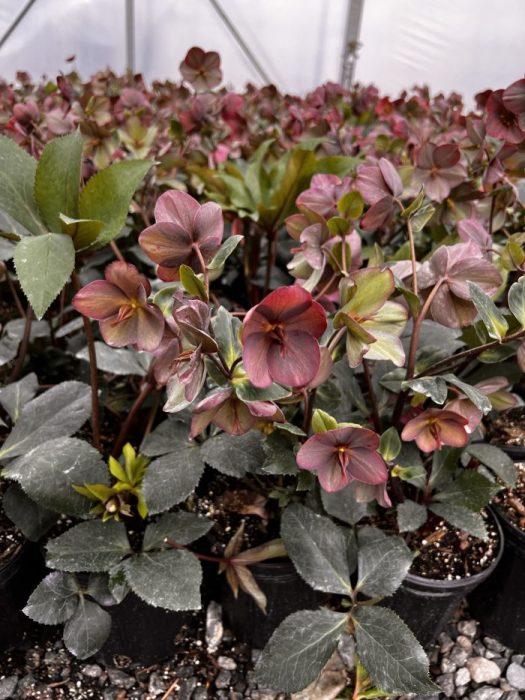
So what else is trendy with Hellebores, besides outward-facing flowers? I see more interesting colors, some unusual dark tones (amber to obsidian and, surprisingly, yellow), greater plant heights that increase showiness, flowers that double or triple (increased petals), larger flowers, greater vigor and more exotic mottling patterns. , veining and pecked edges. To increase their appeal, Hellebores can be grown successfully in most areas, are low maintenance, evergreen and deer resistant.
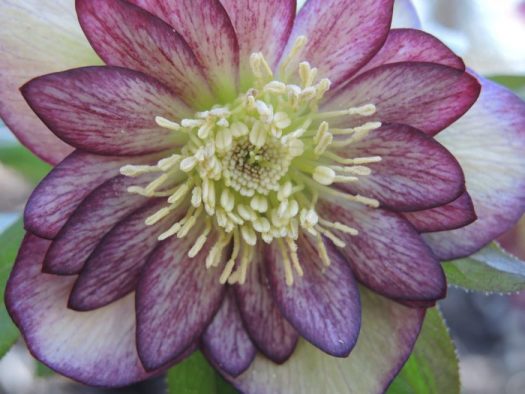
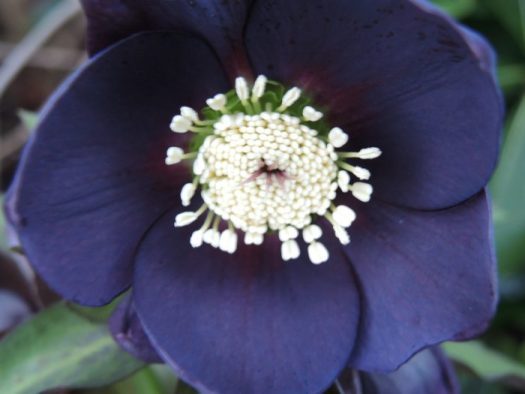
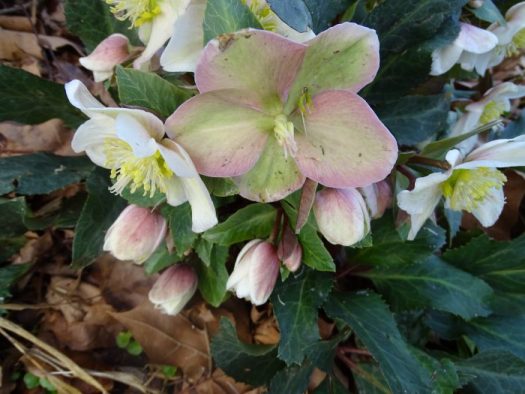
For bee and nature lovers, this plant is very important because it is an early source of nectar for pollinators. There isn’t much else that blooms when they are in their late winter glory and I’m sure the bees will visit the flowers on a warm February day. Although it is not a native plant, I find this flower essential to keeping my bees going in late winter.
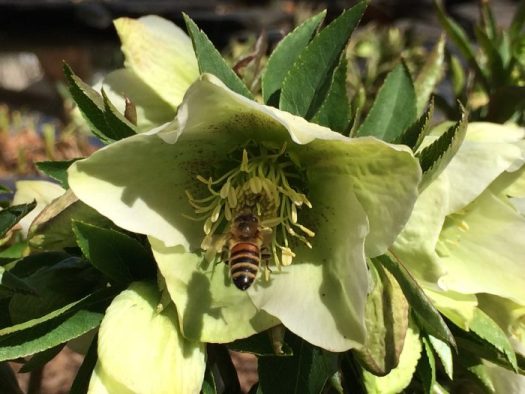
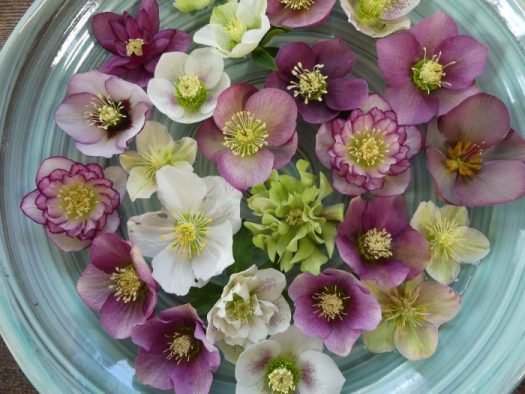
Another drawback in addition to their high price, and I warn my clients about this when I include them in a garden design, they take a while to establish themselves. To get a good-sized flowering clump, it will take about 5 years if starting with a quart-sized plant. So in this age of instant gratification, this can be a deal breaker for some people.
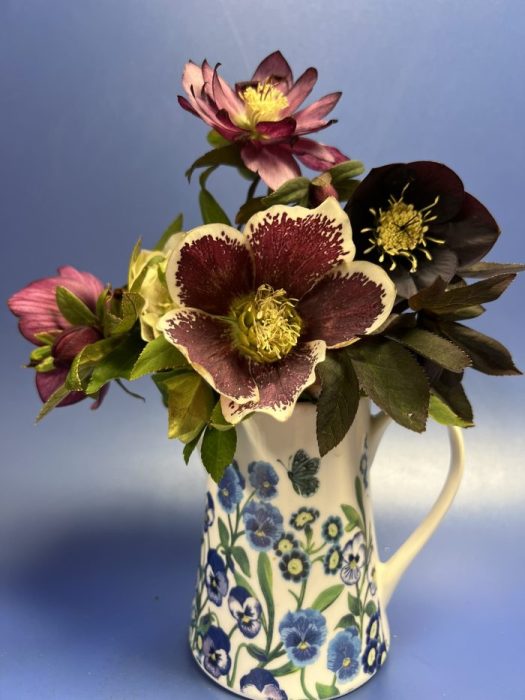
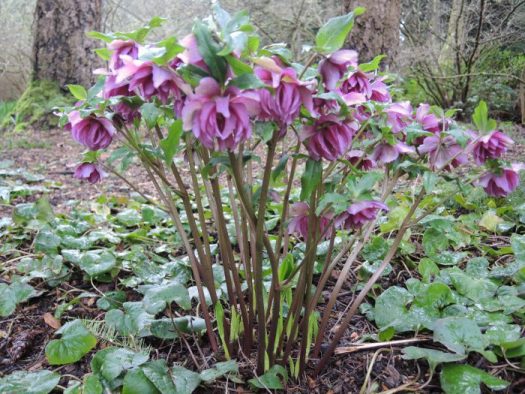
Very few perennials can tolerate the snow and winter wind that nature throws at them in January and February and bloom immediately afterwards, but hellebores emerge in late February with a welcome spring spectacle, no worse, sometimes peaking at through the snow. Some of the evergreen foliage may burn at the edges and become tattered, but you can cut those leaves quickly to show off the flowers and allow fresh foliage to emerge.
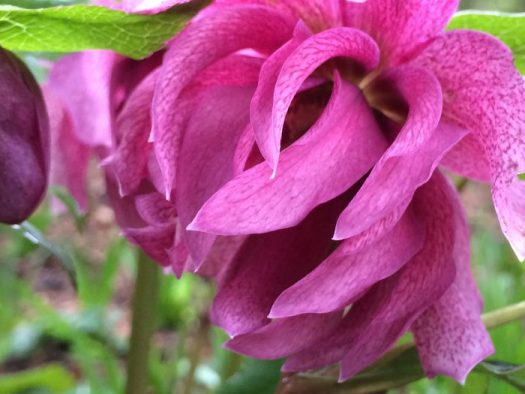
The common name for Hellebores is Lenten Rose, because they bloom around the Lenten season. Hybridizers have latched onto this species and have specialized in creating a rainbow of colors, including yellow, burgundy, speckled, black, pinks, and picotees. And the names!…Honeyhill Joy, Ivory Prince, Amber Gem, Berry Swirl, Cotton Candy, Black Diamond, Golden Lotus, Onyx Odyssey, Rose Quartz, Peppermint Ice, are just the tip of the iceberg. They sound like colors in a paint stick.

The flowers that normally face downward have been created to lean outward instead of facing the ground so you can easily see the floral show. Hybridizers have also turned their attention to the foliage, breeding it for variety, burgundy stems, and silvery sheens. All these efforts must have paid off, as they are flooding the nurseries and the prices are high. I’ve seen Hellebores for over $50 a piece. They are becoming as expensive as some hybridized peonies!


Growing Hellebores is so easy that if you plant them in a shady or partially shaded location, you are done and have created a plantation that will last for many years. I have some in sunny spots here in Maryland that thrive, but in states further south, like Florida, I plant them in full shade. In particular, Hellebores are a valuable player for dry shade, the enemy of many gardeners. I use them as ground cover under large trees where deer are prone to browsing. To learn more about shade ground cover options, visit Made for the Shade.

Hellebores will lay seeds around the plant and when seedlings appear, you will dig them up and scatter them. Expect the seedlings to flower in about 3 years. In no time you will have large clumps that will last for years and years.
- When transplanting a nursery-grown hellebore from the pot, shake the roots to loosen them from the root ball and free them.
- Cover your established hellebores with compost or well-rotted manure to improve the soil.
- Do not plant the crown of the plant too deep as this may affect flower production. Plant the crown so that it is barely buried.
- Plant with companions of arum, snowdrops, mini iris, crocus, grape hyacinth, onion, daffodils, woodland phlox, trillium and bleeding heart.
- You can dig up hellebores and divide them, but keep in mind that the plants have huge root balls, much like hostas.
- Please note that hellebores are toxic to pets and humans.

As I noted above, if you cut off the older outer leaves in late winter, new stems and leaves can emerge in the center. That’s all for maintenance!


Surprisingly, Hellebores do quite well in full sun. I have some that thrive in those conditions. When I had to remove a tree under which there were hellebores, the hellebores bloomed in the newly sunny spot.

My advice for purchasing these beauties is to buy them in bloom so you know what you are getting as the colors can vary greatly. Take a daycare shopping trip in late February and early March for the best option.
Planting Hellebores in containers is not something you see often, but it works quite well and more should be done. I have a shady container with several Hellebores planted in it and when they get too big I can easily transplant them to a spot in my garden. But you can keep Hellebores in containers for years with little care other than a little fertilization.








So, gardeners of the world, are you listening? Tell all your friends and neighbors about this plant. It shouldn’t be a secret anymore.




